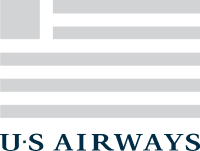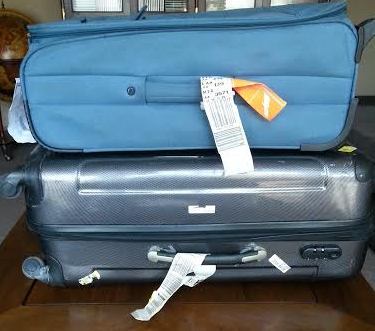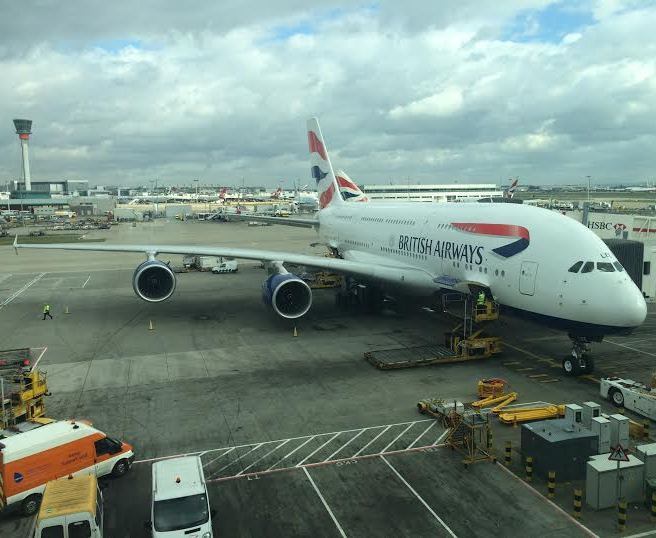 Peter appeared on Dateline last Friday to explain how US Airways pilot Chesley B. Sullenberger safely landed a plane on the Hudson River, and why this landing was such a miraculous feat.
Peter appeared on Dateline last Friday to explain how US Airways pilot Chesley B. Sullenberger safely landed a plane on the Hudson River, and why this landing was such a miraculous feat.
US Airways Flight 1549’s emergency landing on the Hudson is not just an example of what can go wrong in the air; it will also serve as a lesson of what went right.
It all started with a flock of birds knocking out both of the Airbus A320’s engines, which was akin to running into “a flock of bowling balls,” according to Tom Casey, a former pilot for American Airlines.
With both engines dead and no power, Captain Sullenberger, aka “Sully,” had to land the plane in the water. Every pilot trains for a ditching, but very few ever have to pull one off. Jets almost never ditch in the water without breaking apart, and pilots seldom make perfect crash landings without casualties.
So what went right? For one thing, the way Captain Sullenberger glided the Airbus into the water tail first, nose up, is a major reason why the plane didn’t break up.
The fact that the engines failed early in the flight meant passengers were still strapped in and the food carts were still stowed. Calm weather meant that the Hudson River was smooth; had it been the Atlantic Ocean, the plane would have almost definitely broken up in the waves and swells. And, perhaps most miraculous of all, Captain Sullenberger had a clear landing path on the heavily trafficked river, but there were enough boats nearby to act as a first response team.
Visit msnbc.com for Breaking News, World News, and News about the Economy
Click here to read Peter’s entire story.












